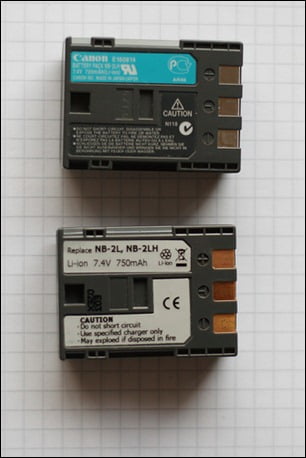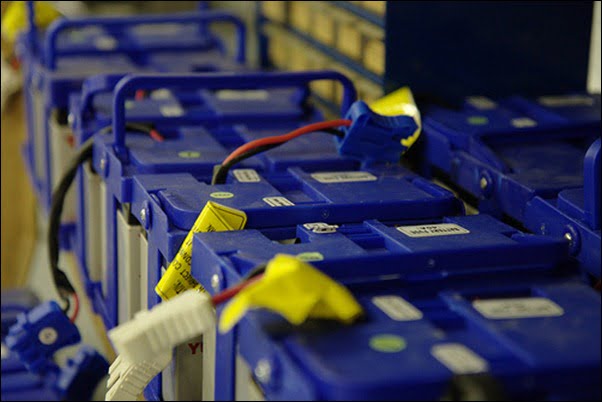Batteries is the word that comes to one’s mind while talking about most of the new products being launched by many brands worldwide ranging from car firms like Ford, Nissan , Mercedes-Benz, BMW, Hyundai, Chevrolet, Honda, Maruti Suzuki etc to cellphone brands like Blackberry, Apple, HTC, Nokia etc and only two types are known namely Lead Acid Batteries and the other Lithium Ion Batteries.
As most of you know Cars equip Lead Acid Batteries and Cellphones Lithium Ion ones. But have you ever imagined why former is better for your cars and the latter for cellphones? Why can’t their fields of implementation be changed? With this article we aim at making you understand the fundamentals of batteries and the comparison between the two mentioned above.
Basics of a Battery
A battery is an electrochemical device which means that it creates electricity through some defined chemical reactions taking place on the inside of the setup. Usually a battery consists of an Anode and a Cathode where Anode is taken as positive terminal while Cathode negative and these two terminals are submerged in an Electrolyte acting as a medium for the flow of ions. The current flows from Cathode to Anode via the Electrolyte and if the terminals come in direct contact a Short Circuit takes place.
Lead Acid Battery Mechanism
In this type Lead and Lead Dioxide are used for making the anode and cathode submerged in 1/3rd Sulphuric Acid acting as the Electrolyte. Chemical Reactions taking place inside converts the two electrodes into Lead Sulphate and when one recharges the discharged battery the process is partially reversed in order to bring back the initial reactants starting the reaction i.e Converting Lead Sulphate to Lead and Lead Dioxide.
[ Image Credit – Flickr]
It is one of the oldest type and are big & bulky owing to the Lowest Energy-to-Weight and Energy-to-Volume ratio design currently existing in this world. The reason for them to be used in cars is they have a tremendous Surge-to-Weight ratio eventually supplying high surge of power required in car starters and other machines as well. Another important fact is that these batteries are very cheap to produce but lack the quality of imparting steady, low or middling supply of electricity over a long period of time along with longer recharging time.
Lithium Ion Battery Mechanism
Lithium Ion type is more complex to understand since it uses a variety of substances with Graphite being the anode while lithium cobalt oxide, lithium iron phosphate or lithium manganese oxide or others as cathode. Lithium migrates between the electrodes through an Electrolyte mixture of lithium salt in an organic solvent, during the electricity producing reaction. Recharging reverts the chemical processes subsequently bringing lithium back to the terminals.
[ Image Credit – Flickr]
Comparing to Lead acid batteries it has High Power-to-Weight and Power-to-Volume ratio and they even provide steady supply for longer periods. Batteries with high surge currents are also available. Apart from all above qualities they have certain drawbacks as well which include:
- High Production Costs
- Inability to hold Charge Decays when not in use where on the other hand Lead Acid batteries go on working with appreciable performance for several years.



